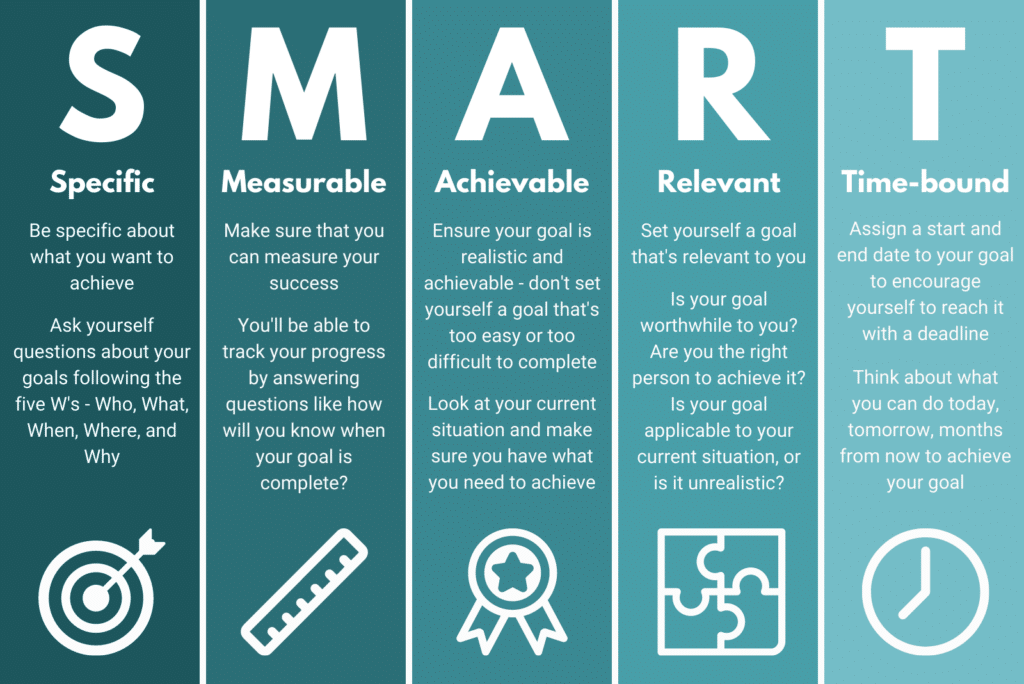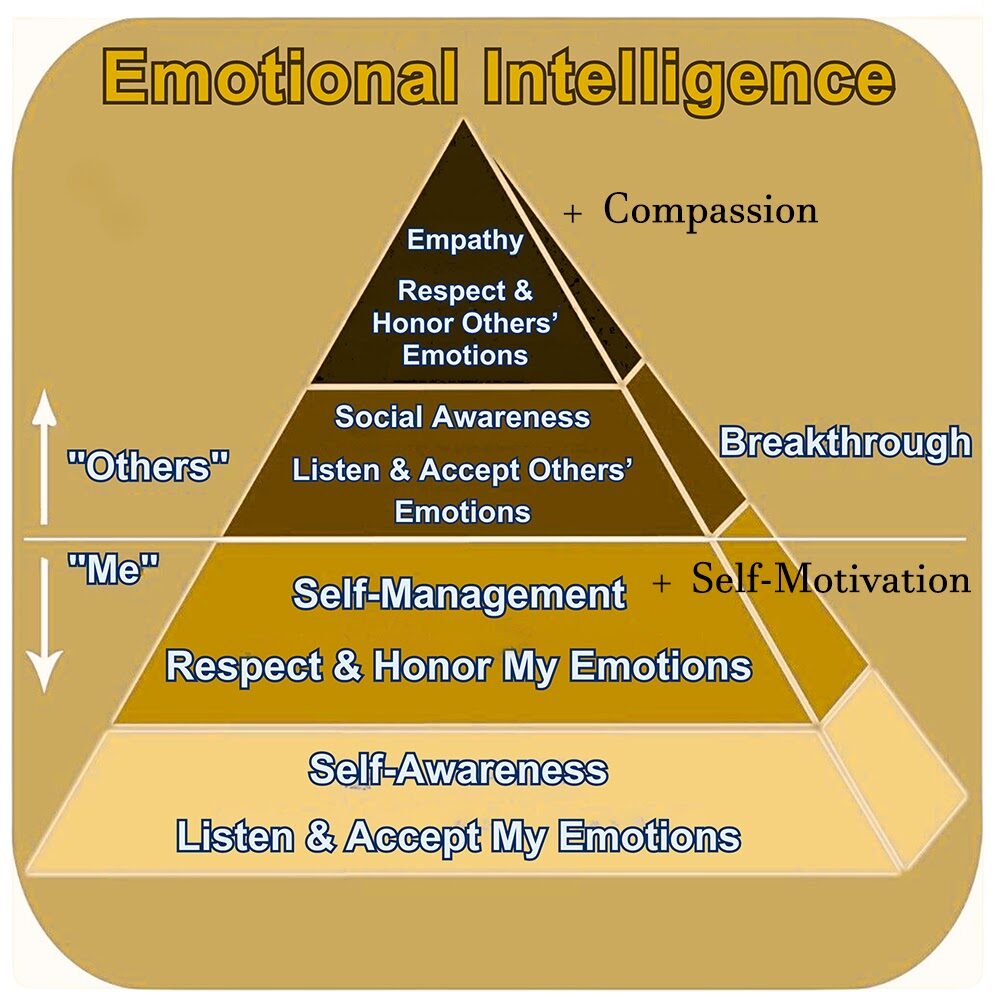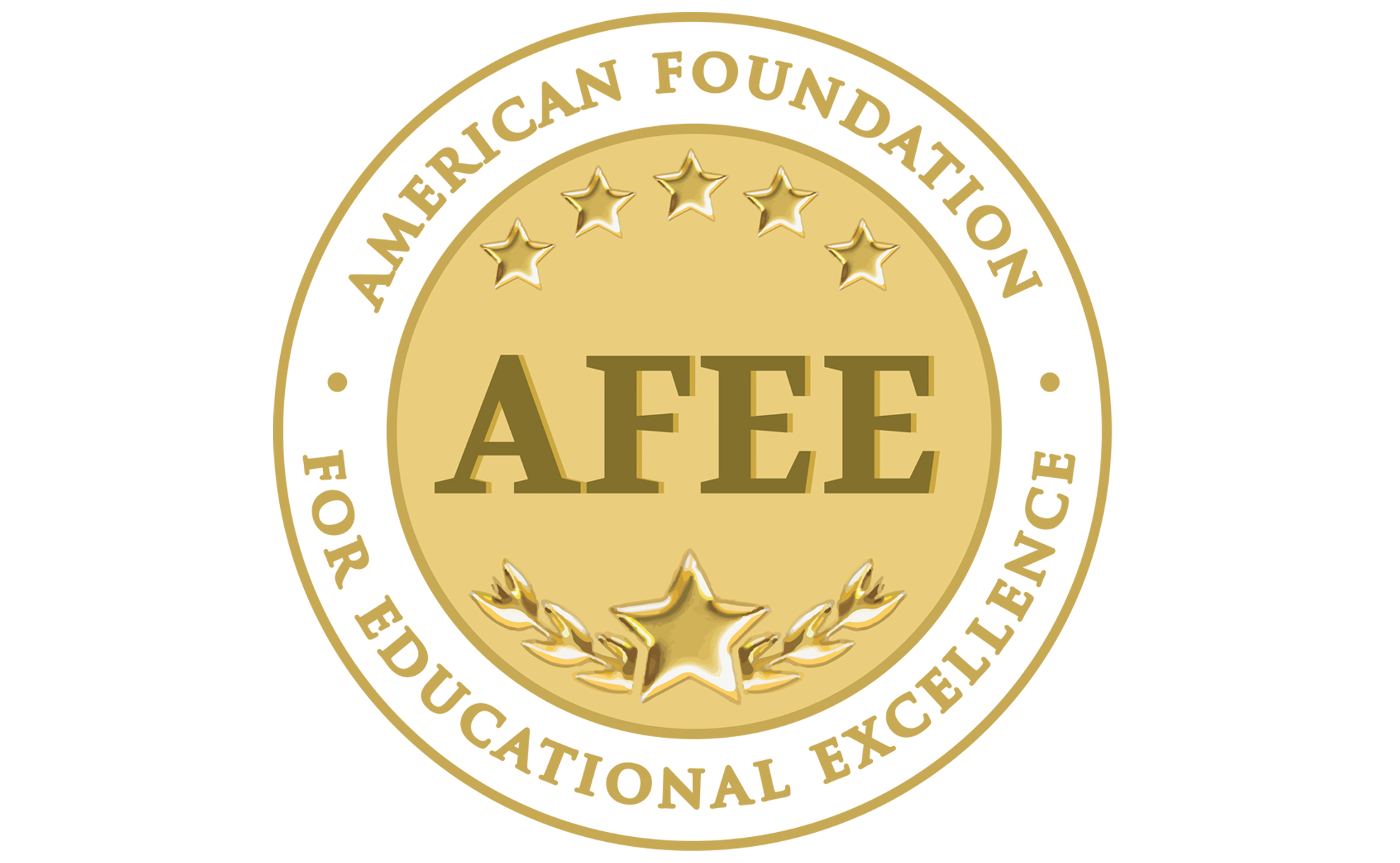Executive Program on Instructional Course Design & Educational Technology
This program is aimed at executives and educators who wish to hone their skills in course design and technological applications.

How to Lead Successfully in Instructional Course Design & Educational Technology
Dates: Custom Tailored, Based on Your Needs
Time: Mondays from 6-8 PM EST
Location: GWU, Duques Building
Objective: Help Empower Business Leaders and Educators to Lead Successfully in Instructional Course Creation & Educational Technology.



Tentative Program
Week 3:
Today's Agenda:
RECAP: Webpage Design + add moving background, moving text, pages/subpages
A- Canva (Logo)
B- Instructional Goals
C- Metacognition & EQ
A- Canva (Creating a Logo)
B- Instructional Goals
Instructional goals are ideally derived through:
- Performance analysis > it gives broad indications of problems that can be solved by providing instruction
- Needs assessment > it determines more specifically what performance deficiencies will be addressed
A complete goal statement should describe the following:
- Who the learners are
- What they will be able to do
- The context in which they will use the skills
- The tools that will be available to the learners in the performance context
The instructional goal should be: (p.31)
- Clear/Complete > a general statement of learner outcomes (includes the aforementioned)
- Related to the identified problem + needs assessment
- Achievable through instruction
Criteria for establishing instructional goals: (p.32)
- Acceptable to administrators
- Sufficient resources (time, money, personnel) to develop instruction
- Stable content
- Available learners (not too busy)
How to evaluate a Goal (p.24)
- Write down the goal
- Indicate, step-by-step, what people need to do to achieve the goal
- Sort through statements
- Indicate what learners will be able to do
- Ask: "If learners achieve each performance, will they have achieved the goal?"
Two fundamental steps to conduct a goal analysis: (p.40)
- Classify the goal statement according to the kind of learning that will occur (Domains of Learning)
- Identify and sequence the major steps required to perform the goal
Domains of Learning:
- Cognitive: Intellectual Skills
- Cognitive: Verbal Information
- Psychomotor: Movement-Oriented Skills
- Affective: Attitude
Relevant Links:
Mission, Goals, Objectives (Bloom's Taxonomy)
Example of an Instructional Goal
Smart Goals

C- Metacognition & EQ
- Metacognition: Intentional thinking about how we think and learn.
"Metacognition refers to an individual’s awareness and critical analysis of their own thought processes and cognitive ability. It is an important determiner of student performance, because if students are aware of their own comprehension and cognitive processes, they are better positioned to revise or discontinue them when needed." (Harvard University, The Derek Bok Center for Teaching and Learning)
"Meta. Meta means about, after, or beyond. In terms of metacognition this refers to a higher level of cognition (beyond cognition). Metacognition. In simple terms, metacognition is being aware of and in control of one's own mental processes." Source
- Emotional Intelligence (EQ): Intentional thinking about how we feel and about how other people might feel.
How does this relate to Instructional Goals?

(Infographic: DrW Life Skills Institute on Pinterest. Nada Salem added "Compassion & Self-Motivation")

Main Textbook:
- "The Systematic Design of Instruction" by Dick, Carey & Carey (Digital)
Additional Textbooks:
- "Understanding by Design" by Wiggins & McTighe
- "50 Strategies to Boost Cognitive Engagement" by Rebecca Stobaugh
- "Teaching Students to Drive Their Brains" by Wilson & Conyers
TERMS OF SERVICE: We reserve the right, in our sole discretion, to reject or remove anyone who has registered or gained access under false pretenses, provided false information, or for any other action or behavior that we deem inappropriate, before, during or after the sessions, with or without prior notice or explanation, and without liability.
IMPORTANT DISCLAIMER: All rights reserved. The information on this page shall be considered proprietary information not to be used, copied or reproduced in any way. No part of our presentations / workshops / webinars may be reproduced, distributed, or transmitted in any form or by any means, including photocopying, recording, or other electronic or mechanical methods.
















































